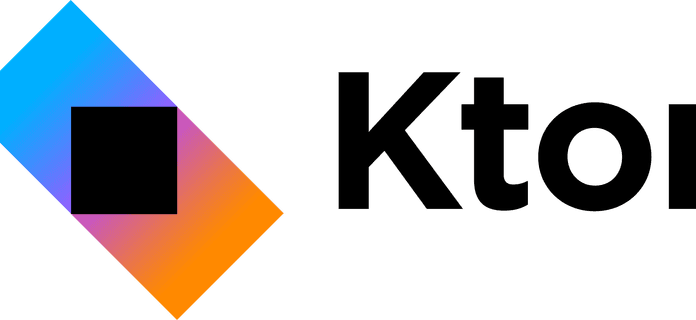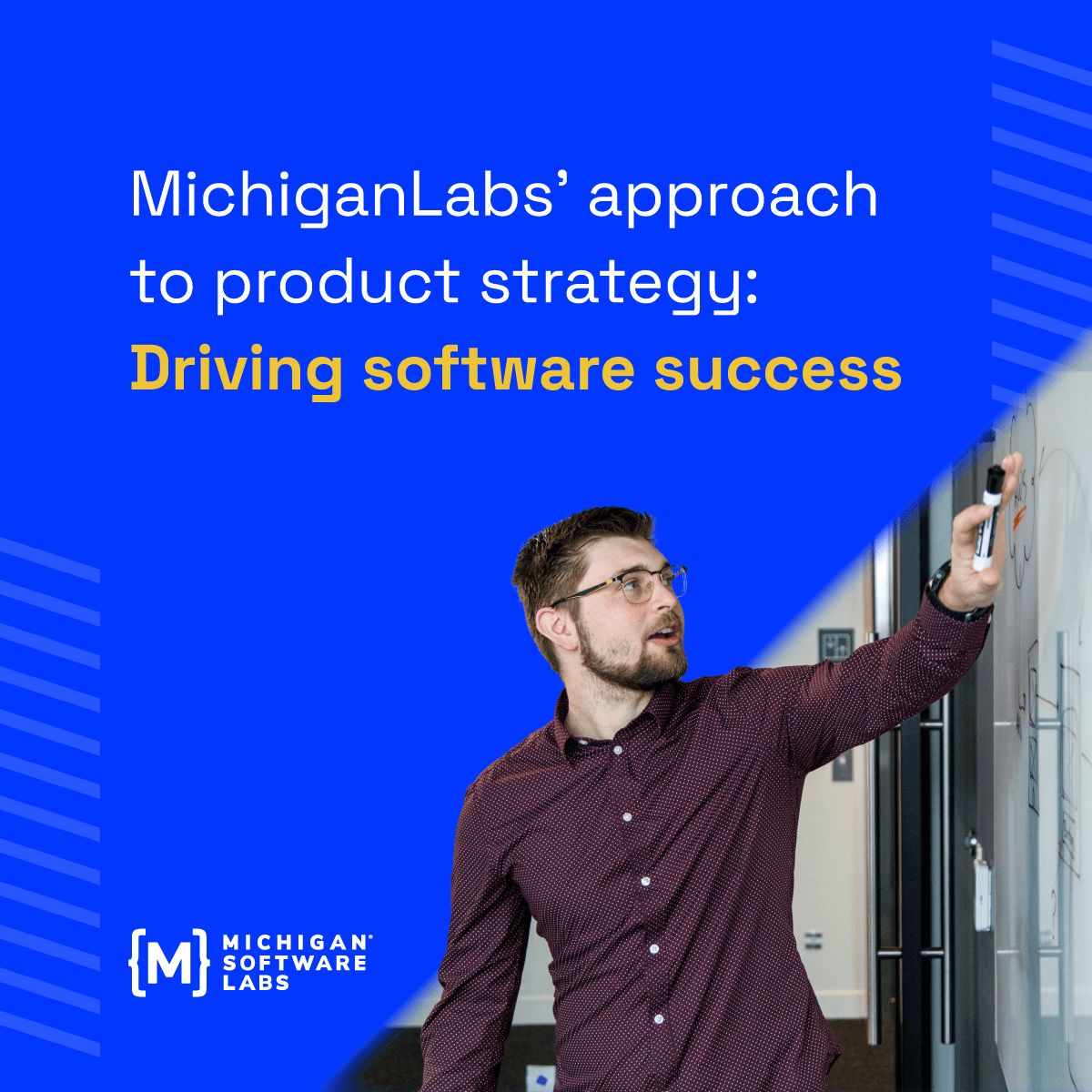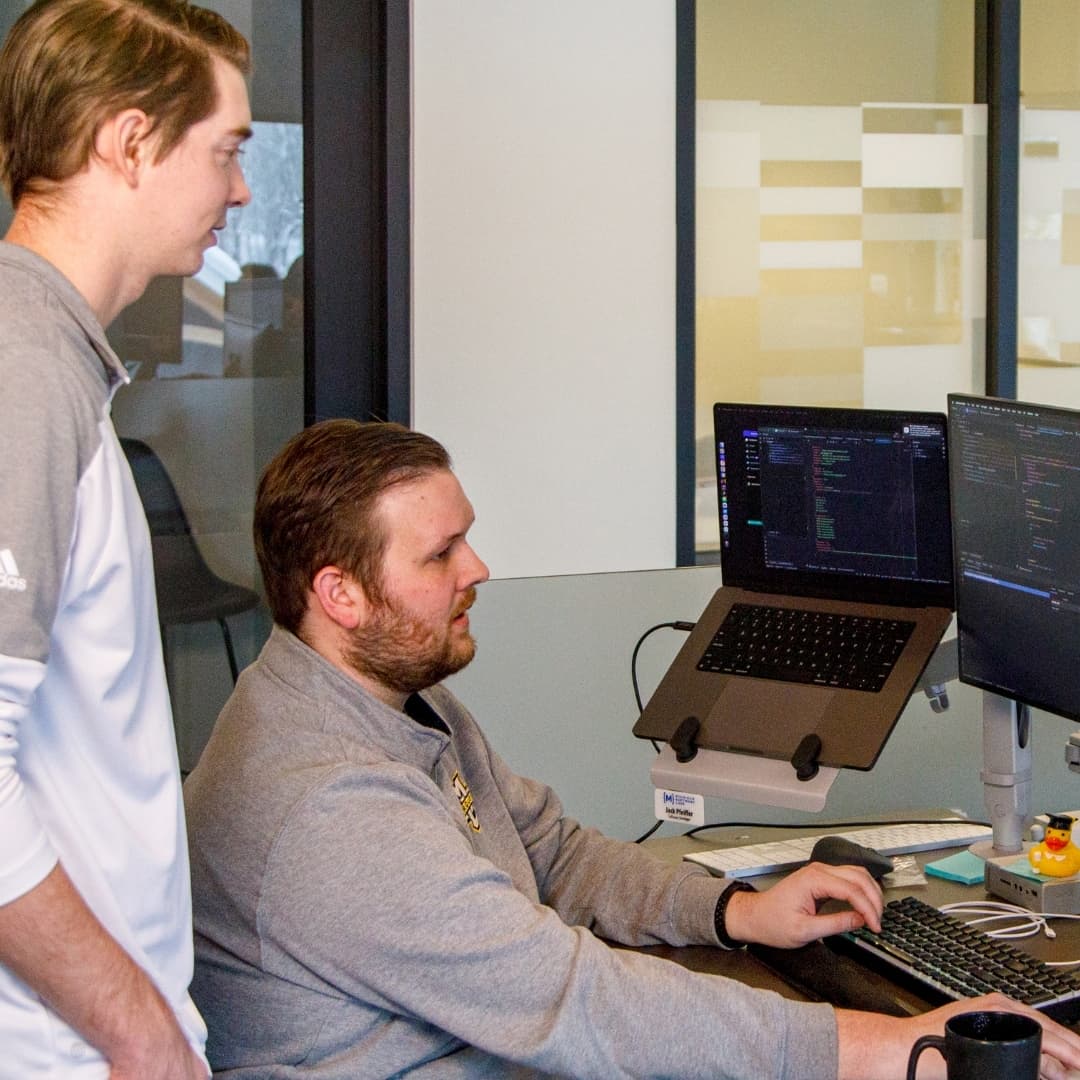This article was originally published in Forbes Technology Council.
As we work to serve our clients, we often get the question pretty early on in the relationship about what should be custom software. There are many choices for business leaders to turn to custom software.
They could:
Create a new generative AI tool to improve their customer experience.
Build a new custom portal to allow self-service for their users.
Move all their data to the cloud and create a complex analytics web platform
Launch a new IoT (internet of things) device to consume more market share.
Create a web-based product configurator to allow your customers to configure their products.
Develop a custom mobile app for iOS and Android to enhance customer onboarding.
Design and develop a custom ERP solution and resell it to competitors in their industry.
All of these ideas could be priorities for their business, but which ones would be the right ones?
Our experience has shown the Pareto Principle is at work within custom software at an organizational level. But first, a bit of a history lesson is in order.
The Pareto Principle states that “80% of consequences come from 20% of the causes.” The principle was first discovered by economist Vilfredo Pareto, who observed the imbalance of land ownership in Italy. Pareto noticed there was an unequal relationship between inputs and outputs. He saw how 80% of the land in Italy was owned by 20% of the population.
You have most likely observed this principle at your workplace. For example, 20% of your staff or customers are generating 80% of your company profits. Or even more personally, 80% of your work output comes from 20% of your time at work.
Within custom software, we see the same principle at work. If you think of your total software at your company as 100% of the pie, then 80% of the software would be off the shelf and 20% of the software would be custom. The 20% that is custom would be used to truly differentiate your company within your industry and be your “secret sauce” that propels your business forward.
You could have custom software for 100% of your business, but that would not be prudent. Here are a few questions to ask yourself to help decide if your project should go custom:
Alignment With Core Business Objectives: How does the proposed custom software project align with the core business objectives and long-term strategic goals? Will it address a critical business challenge or opportunity?
Competitive Advantage: Will the custom software provide a substantial competitive advantage by differentiating your company in the market, enhancing customer experience or improving operational efficiencies?
Cost-Benefit Analysis: Have you conducted a thorough cost-benefit analysis to understand the total cost of ownership (including development, maintenance and support) versus the anticipated ROI of the custom software?
Scalability And Flexibility: Does the custom software offer scalability and flexibility to adapt to future business needs and market dynamics, especially in comparison to off-the-shelf solutions?
Technical And Operational Feasibility: Have you assessed the technical and operational feasibility, including the availability of necessary technical expertise, integration with existing systems and the readiness of the organization to adopt new technologies?
Most of the time the answers to these questions will not be a binary “yes” or “no.” But they are helpful in identifying the key attributes to understand when to play the custom software card.
In summary, these questions aim to ensure that the decision to develop custom software is well-considered, aligns with the Pareto Principle (focusing on the critical 20% that delivers 80% of the value), and supports the overarching business strategy.
Looking for more like this?
Sign up for our monthly newsletter to receive helpful articles, case studies, and stories from our team.

Quickly Prototyping a Ktor HTTP API
August 18, 2022Whether it’s needing a quick REST API for a personal project, or quickly prototyping a mockup for a client, I like to look for web server frameworks that help me get up and running with minimal configuration and are easy to use. I recently converted a personal project’s API from an Express web server to a Ktor web server and it felt like a breeze. I’ll share below an example of what I found and how easy it is to get a Ktor server up and running.
Read more



